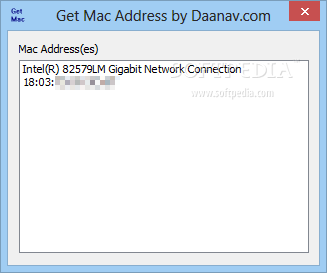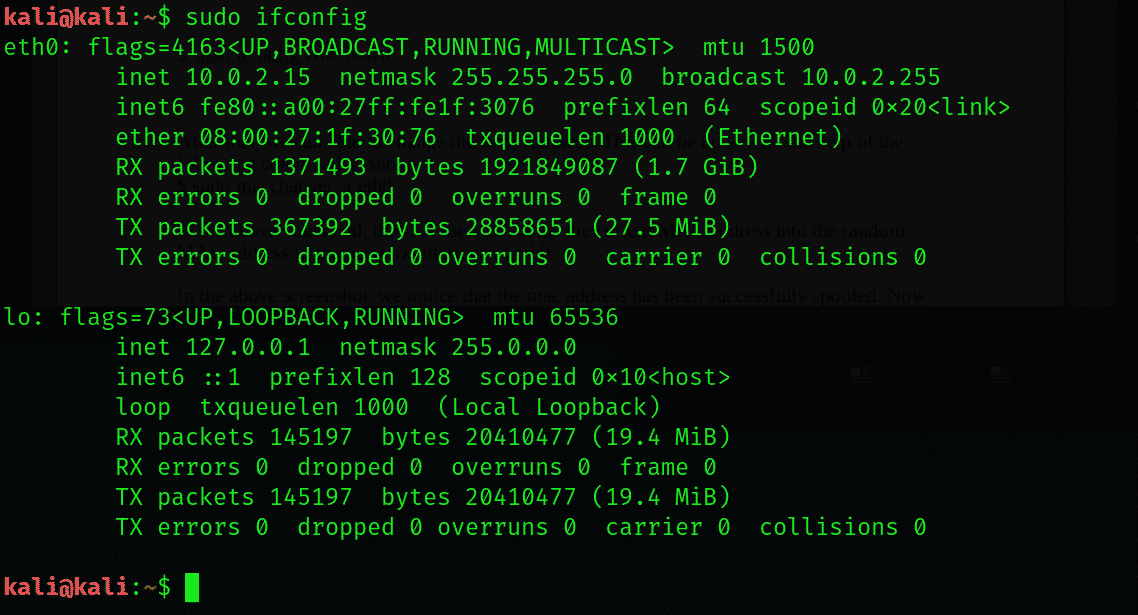
Also, Raspbian uses systemd, so systemd is used in this tutorial but there is nothing preventing runit, sysv, upstart, etc.


In fact, the lack of a Real Time Clock ( RTC) on the Raspberry Pi made the task a little more challenging. I picked a Pi because I had one on hand and I didn't particularly care if it was lost/stolen/broken at the conference. ARM development boards, laptops, some Android phones, desktops, etc. In a nutshell, a Raspberry Pi with a wireless dongle operating in promiscuous mode tracked particular 802.11 packets via tcpdump and unique MAC addresses were logged and used as a proxy for visitors.īefore I get into the details of this project, I have to say that it is possible to use nearly anything running Linux with a promiscuous-capable Wi-Fi chipset. Luckily, it was safe to assume most of our visitors were carrying a smartphone so it was feasible to track Wi-Fi beacons.

Rather than use a tedious mechanical clicker to count guests, I set out to create an automated method. I was recently a vendor at a large conference and was tasked with keeping track of how many interactions we had at the booth.


 0 kommentar(er)
0 kommentar(er)
